Categories
- Argentina
- Chile
- Antarctica
- Easter Island
- Falklands (Malvinas)
- Bolivia
- Peru
- Uruguay
- Paraguay
- Brazil
- Venezuela
- Colombia
- Ecuador
- Galapagos
- Panama
- Costa Rica
- Cuba
- Nicaragua
- Honduras
- El Salvador
- Guatemala
- Belize
- Mexico
- Latin American Xmas
Pages
- Street Art of Buenos Aires
- A week in Buenos Aires
- The Jesuit Missions in South America
- Contact Us
- Map of Central America
- First week in Latin America – October 2009
- Home Page
- Map of South America
Archives
- October 2011 (3)
- September 2011 (9)
- August 2011 (10)
- July 2011 (7)
- June 2011 (6)
- May 2011 (11)
- April 2011 (10)
- March 2011 (4)
- February 2011 (5)
- January 2011 (6)
- December 2010 (6)
- November 2010 (4)
- October 2010 (8)
- September 2010 (5)
- August 2010 (7)
- July 2010 (5)
- June 2010 (6)
- May 2010 (6)
- April 2010 (7)
- March 2010 (6)
- February 2010 (9)
- January 2010 (4)
- December 2009 (8)
- November 2009 (5)
- October 2009 (2)
Salta
31st March 2010
Salta boasts the finest colonial architecture in Argentina and is the place to experience a Peña, a restaurant serving local food together with traditional music and dancing. They say the best empanadas come from Salta and we agree.
.
The Museum of High Altitude Archaeology displays the three “Llullaillaco Children”, together with offerings, found frozen at 6,700 m. above sea level in 1999. These were Inca sacrifices to their gods. Very eerie.
.
We took the train to the clouds (Tren a las Nubes), the first trip in 5 years, a 16 hour excursion through the Quebrada (gorge) del Toro up into the mountains. The 217 kilometre route crosses 29 bridges, 13 viaducts, 21 tunnels, does 2 complete circles and 2 zigzags to reach an altitude of 4200 metres and then does it all over again on the way back.
.
A truly spectacular bus ride up a narrow winding road took us to the little pueblo of Cachi with its cobblestone streets and adobe buildings.
.
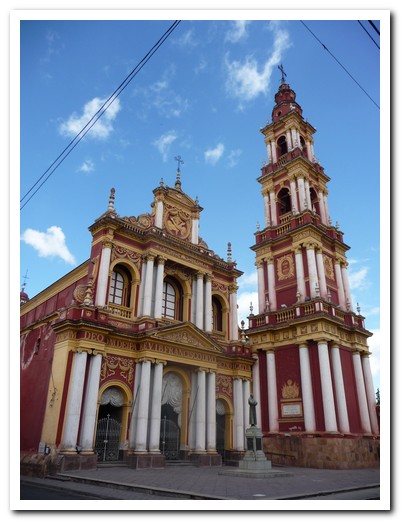
Church of San Francisco in Salta
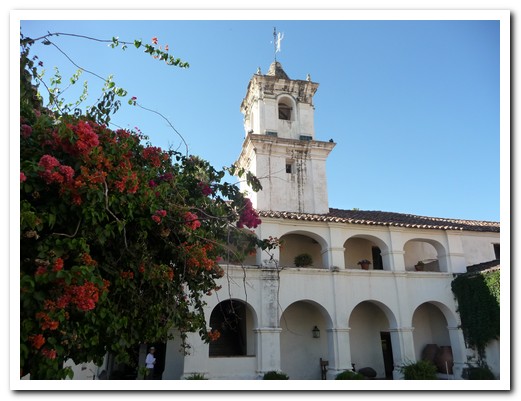
Salta´s old Town Council (1717) is the best preserved colonial building in Argentina
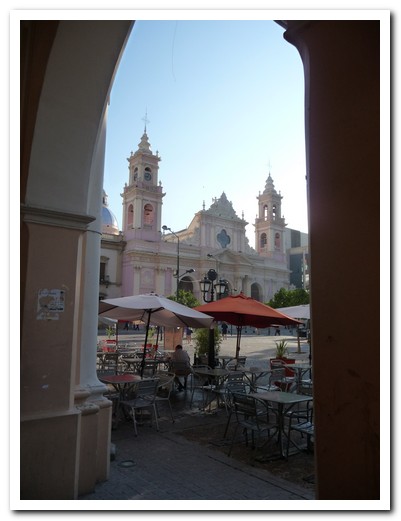
Salta´s Cathedral on the Plaza
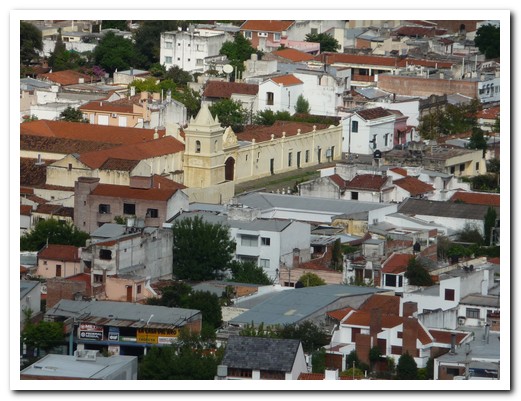
The old and new Salta
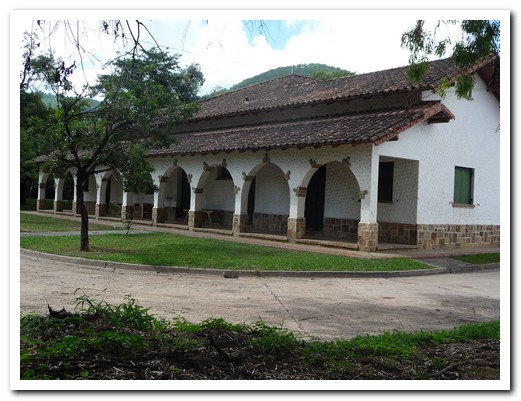
Colonial building in Salta
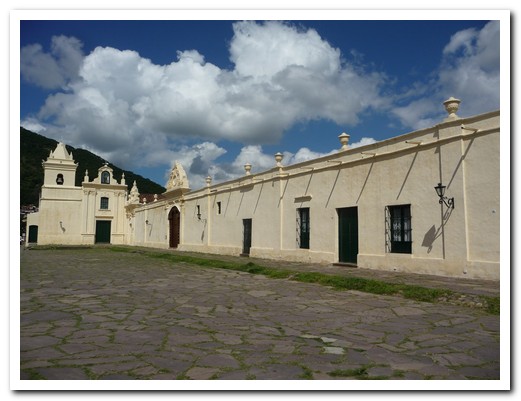
Only Carmelite nuns may enter the Convent
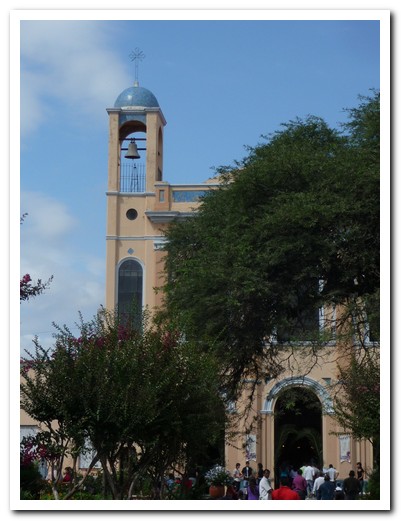
Palm Sunday in Salta
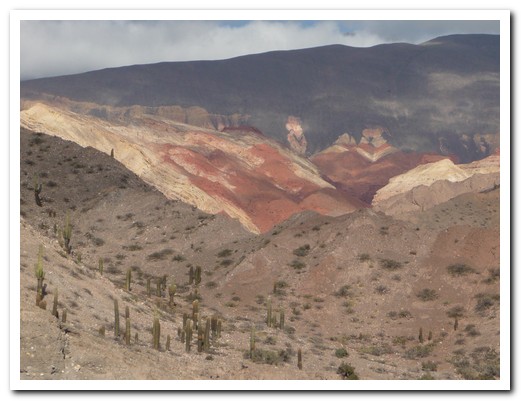
Quebrada del Toro from the train to the clouds
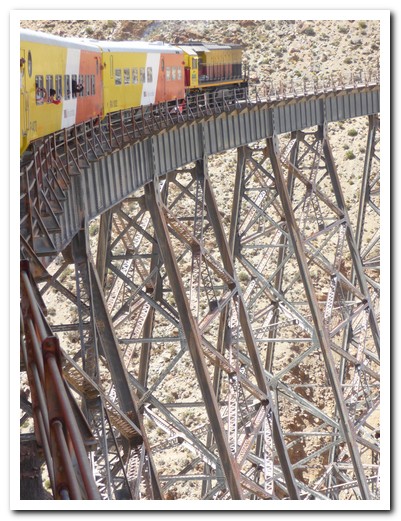
Crossing the viaduct at 4220 meters

Woman selling llama wollen garments to the tourists
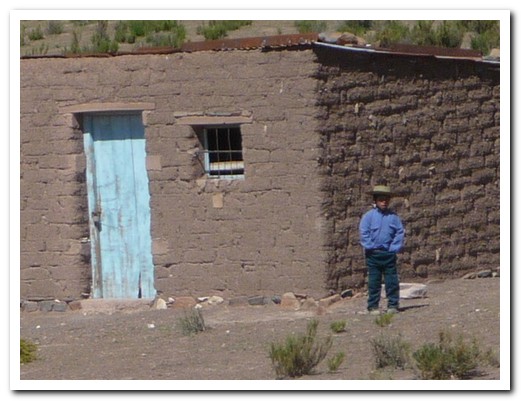
This boy is seeing a train for the first time
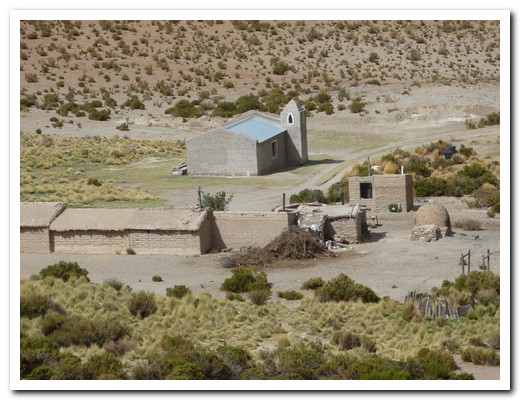
Adobe village from the train
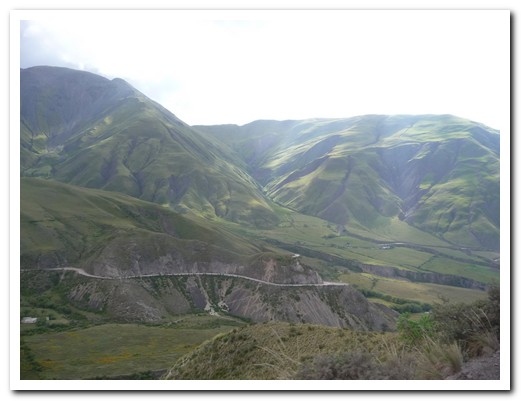
The road snakes up the mountains to Cachi
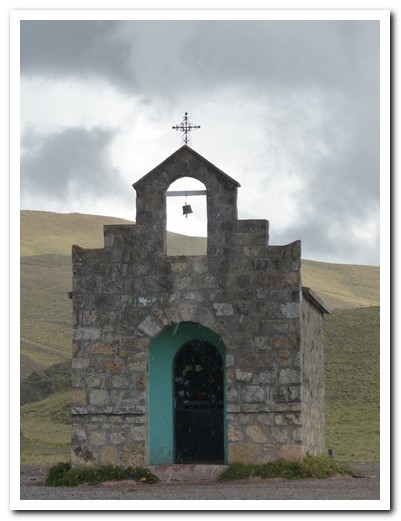
A small Chapel at the 3400 metre pass into Cachi
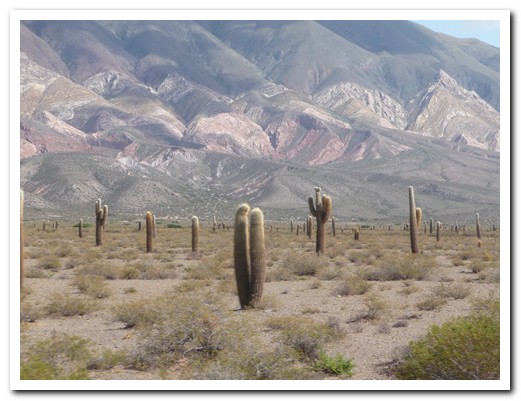
Enroute to Cachi
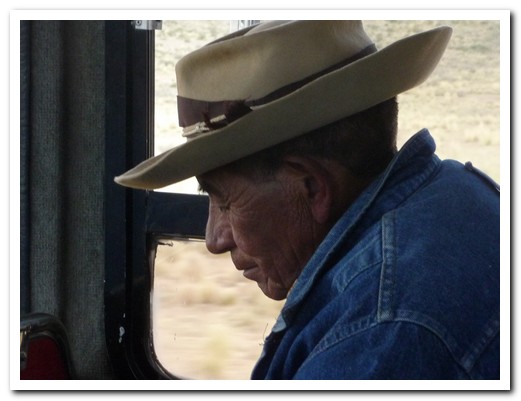
Fellow passenger sleeping on the bus
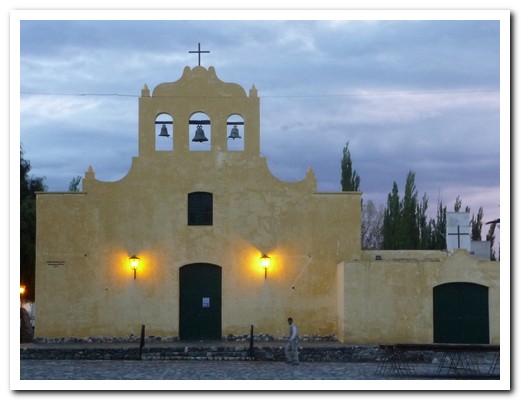
Cachi´s church
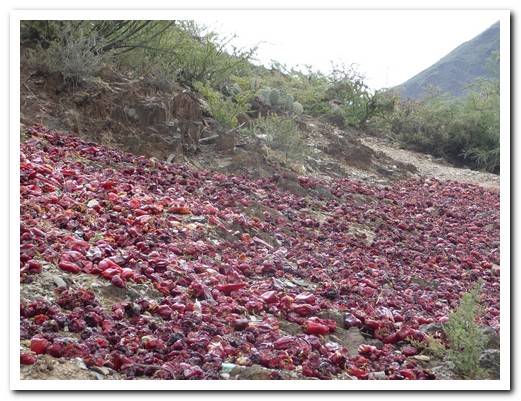
Red peppers drying in the sun
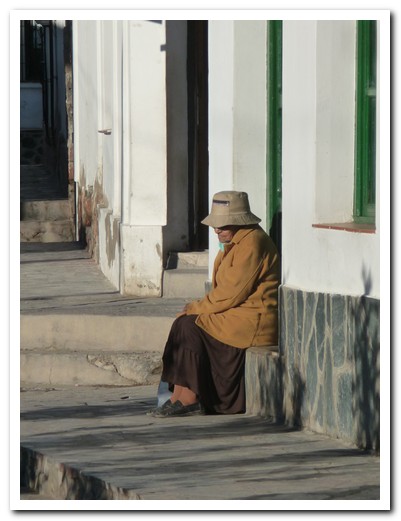
Waiting for the bus
Cafayate
24th March 2010
The high altitude and dry climate of the Calchaqui Valley make it ideal for growing grapes, especially the Torrentés, a unique Argentine variety. The white Torrontés wine is called ¨the liar¨ because it smells sweet like a rose but tastes dry.
.
We stayed in Cafayate, the biggest town, at Rusty K Hostal run by a lovely young couple. It has a vine covered courtyard where we joined the other guests for the weekly asado. At the heladería we enjoyed the Torrontés and Cabernet ice cream.
.
A few kilometres north is the Quebrada de las Conchas with stunning coloured rock formations and to the south are the ruins of Quilmes where the local villagers resisted the Spanish for more than 130 years.
.
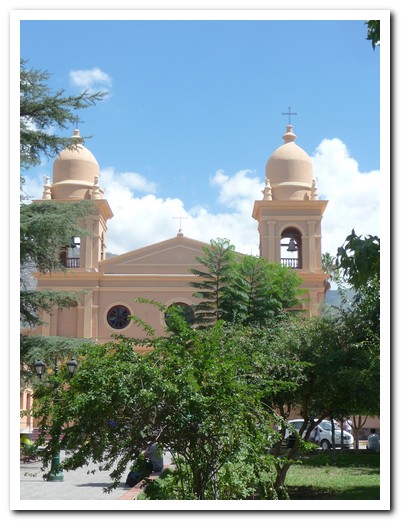
Church at Cafayate
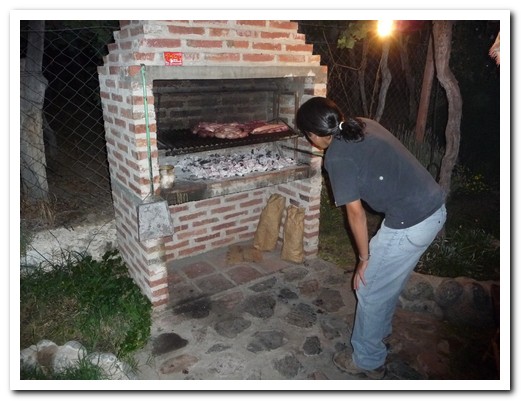
The asado at our hostal
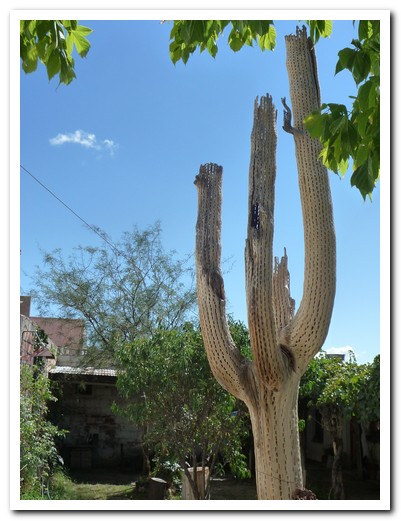
The hollow wooden shell of a dead cactus
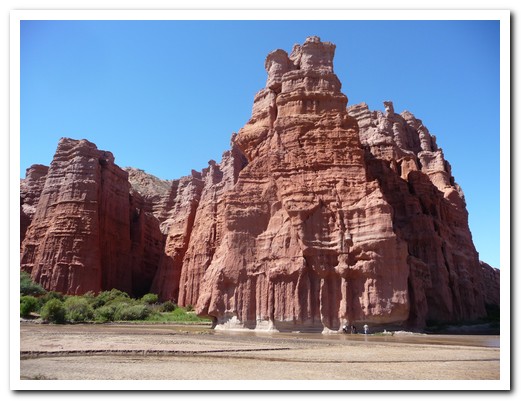
The Quebrada de Las Conchas
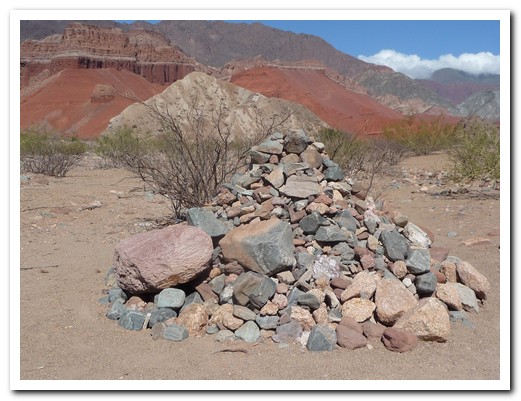
Mound of rocks covering offerings to Pachamama (Mother Earth)
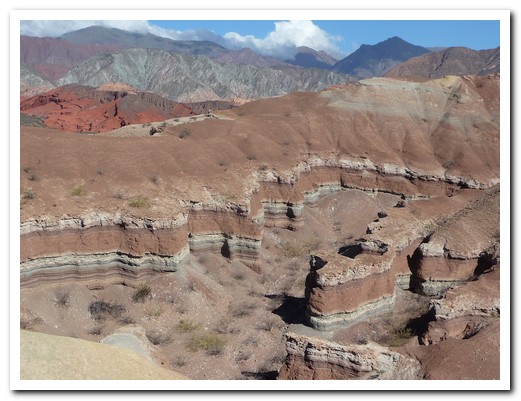
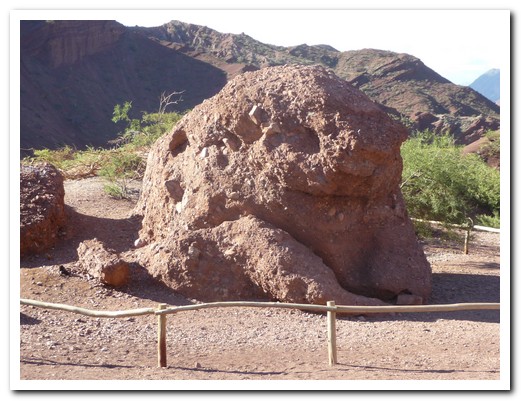
El Sapo - the Cane Toad!
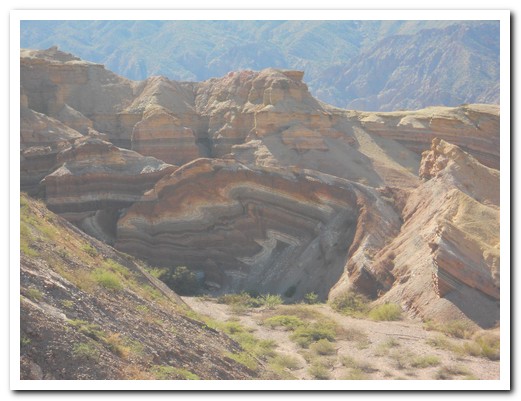
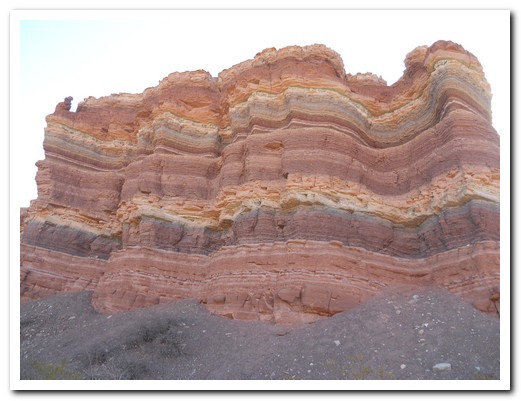
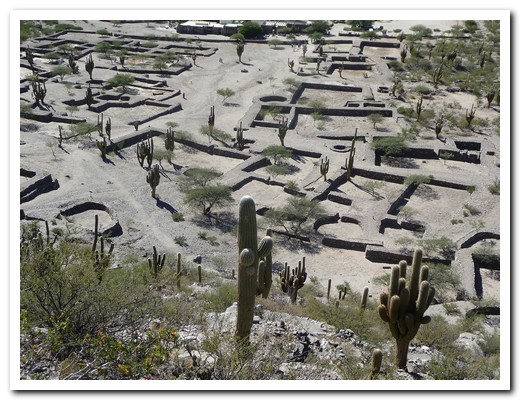
The ruins of Quilmes show the defensive walls
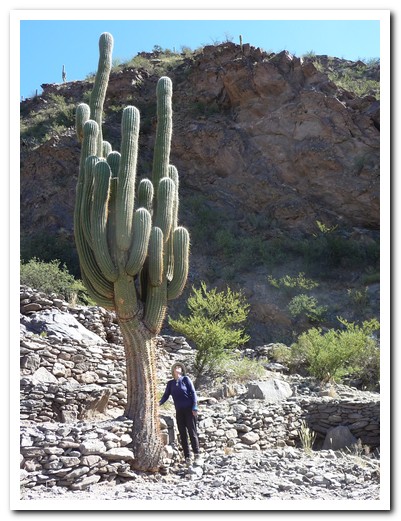
Cactus over 6 metres tall
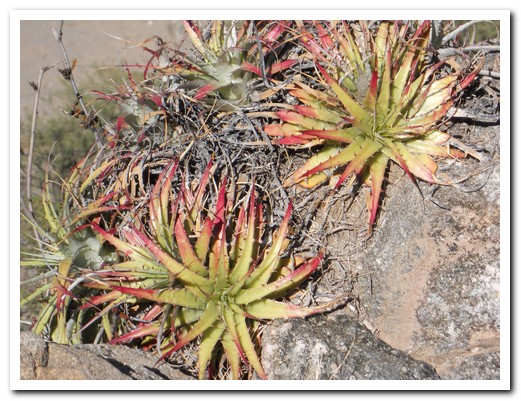
Bromeliads growing in the rocks at Quilmes
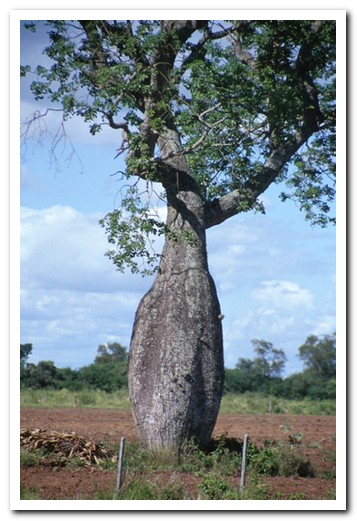
The spiny bottle tree - palo borracho (drunken tree)
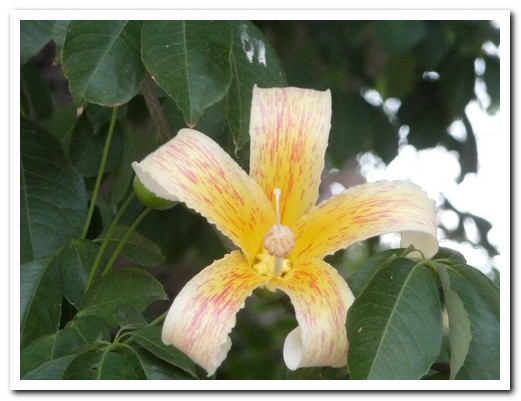
The flower of palo borracho
Tucumán
21st March 2010
We are moving into the baking hot north west of Argentina where siesta goes from 1pm to 6pm.
.
The historical centre of San Miguel de Tucumán has many fine old buildings which are spectacularly lit up at night.
.
Leaving behind the vast fields of sugar cane, our bus began the climb to Tafí de Valle (2000 metres up), winding through jungle and into the clouds. Lovely little Tafí lies in a fertile valley surrounded by high mountains. It is famous for cheese made from old Jesuit recipes. We stayed in the 200 year old adobe Estancia los Cuartos with original furniture and friendly llamas.
.
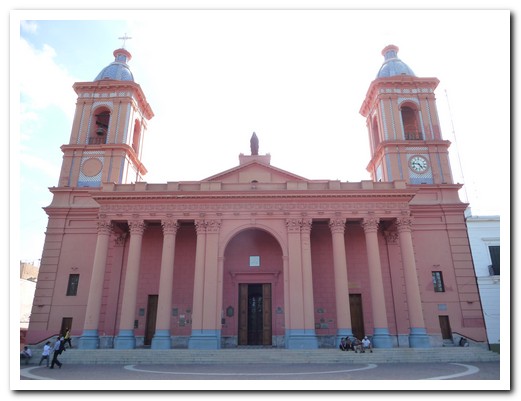
Cathedral at Catamarca
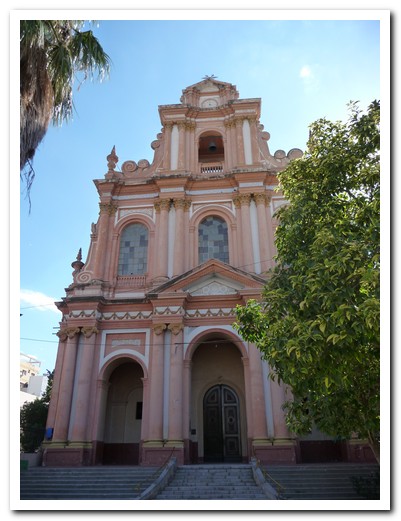
Monastery at Catamarca
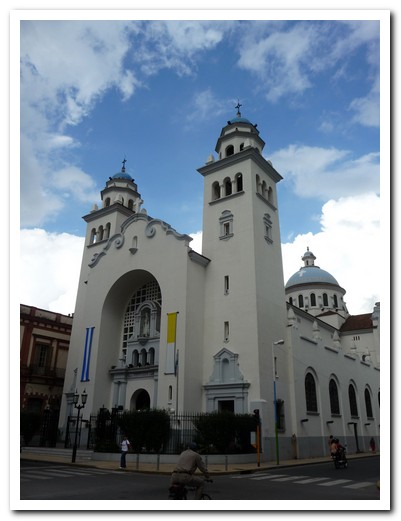
One of the churches at Tucumán
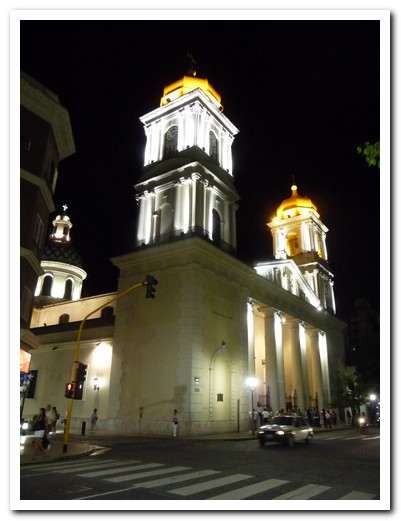
Cathedral at Tucumán
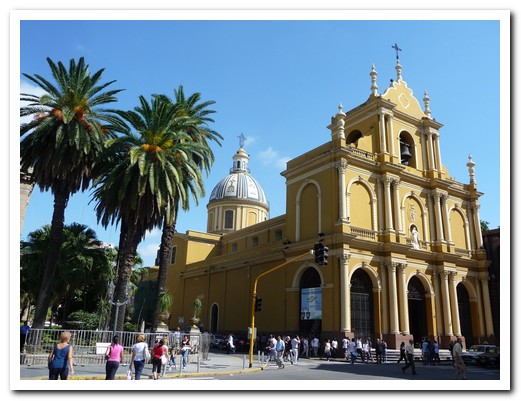
Yet another church in Tucumán
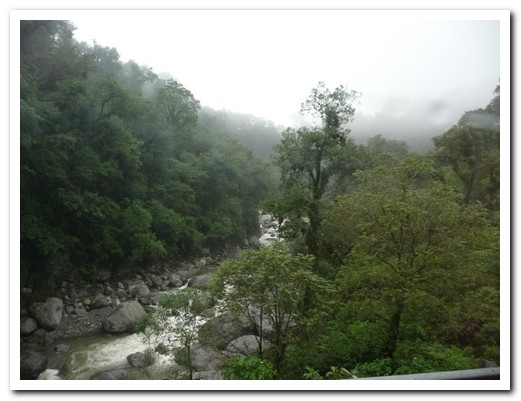
Driving through the jungle, quite a change from the desert a day before
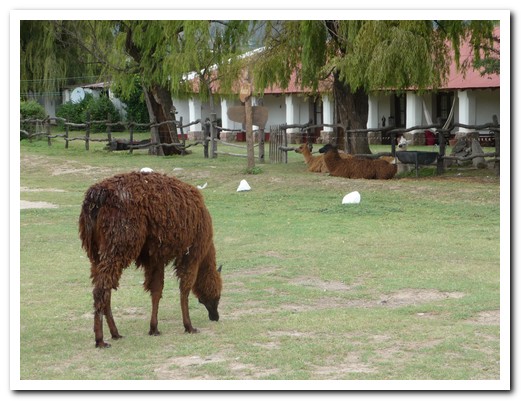
The 200 year old Estancia Los Cuartos
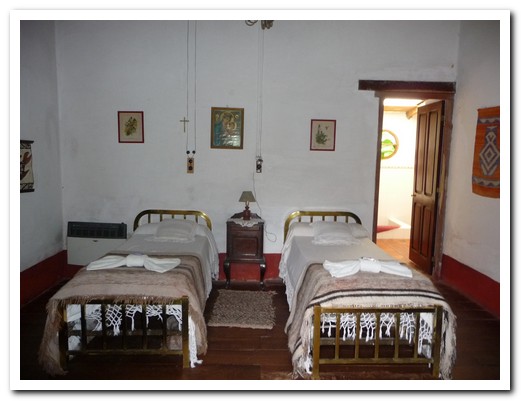
Llama wool blankets on the brass beds
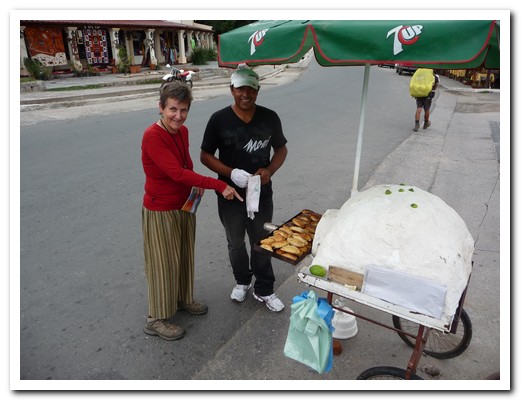
Pam choosing the empanadas from a street vendor
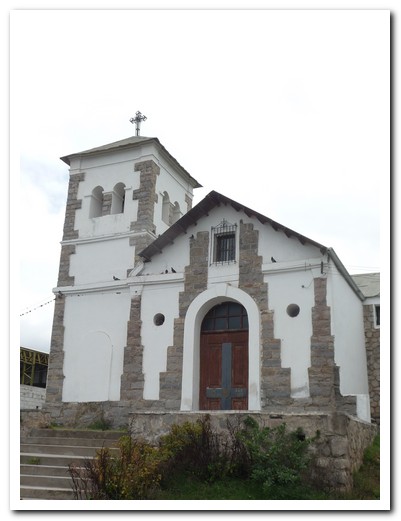
The church at Tafí
La Rioja
17th March 2010
La Rioja was our base to explore 2 Unesco World Heritage parks.
.
In Parque Nacional Talampaya, we passed between the high red walls of the canyon, the dry river bed the track. The wind and water have sculpted the rock into fascinating shapes. The early inhabitants carved figures and shapes into the rocks which can still be seen.
.
Adjoining is the very different Parque Provincial Ischigualasto (Valle de la Luna) with its surreal landscape formed by constant wind. The worlds oldest dinosaur remains were found here.
.
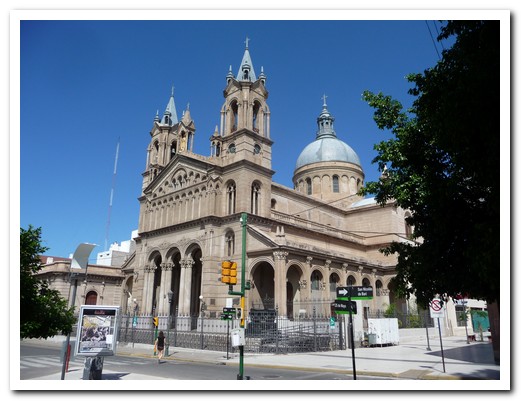
The Cathedral at La Rioja
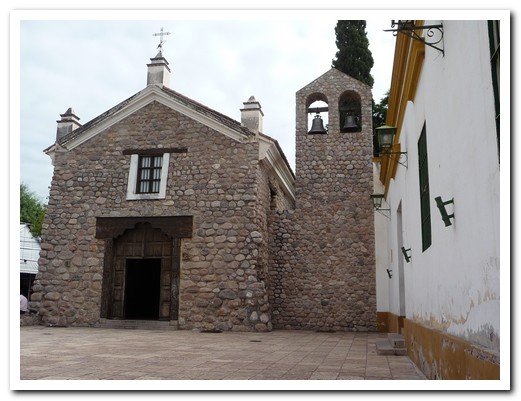
The first Monastery in Argentina, 1623
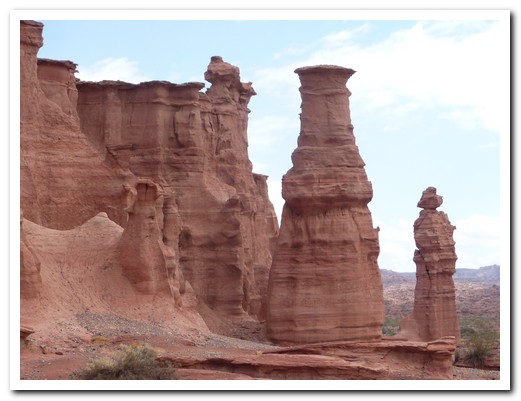
Parque National Talampaya
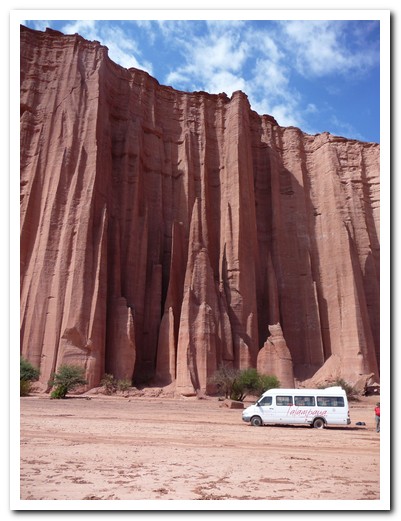
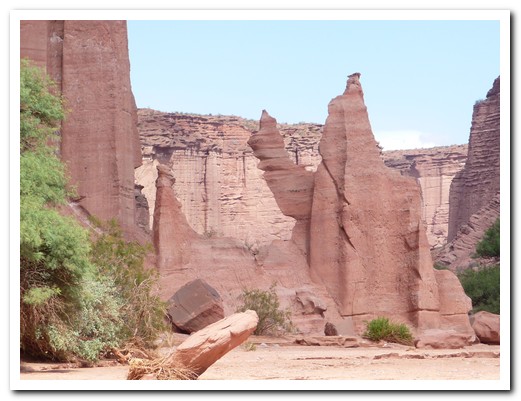
The camel with the two kings
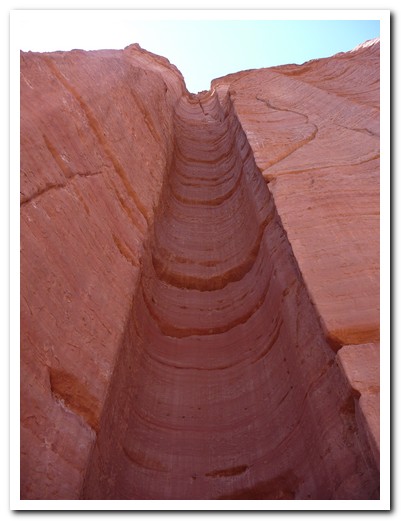
The chimney, formed by water
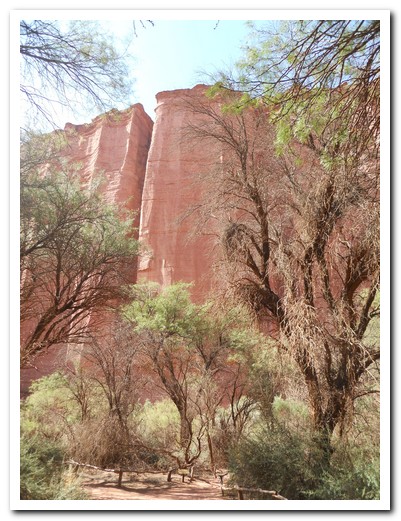
These trees indicate water below the sand
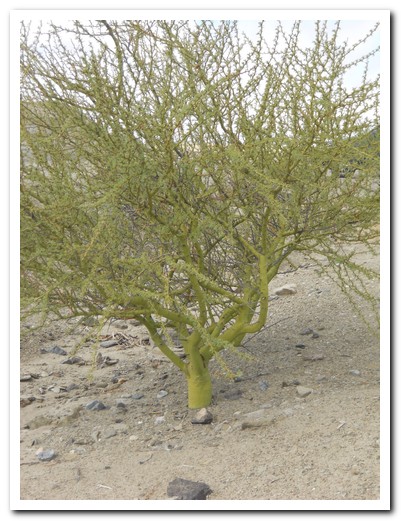
Chlorophyl is produced in the trunk and branches of these desert bushes

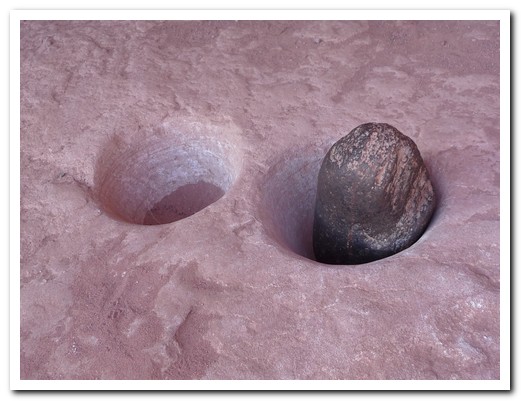
The original indians ground their seeds in the rock here
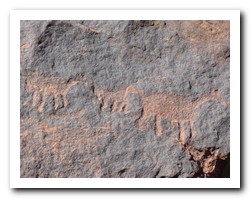

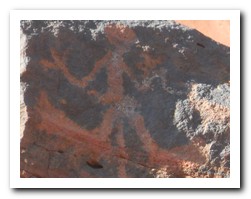
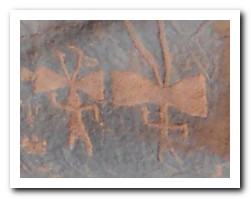
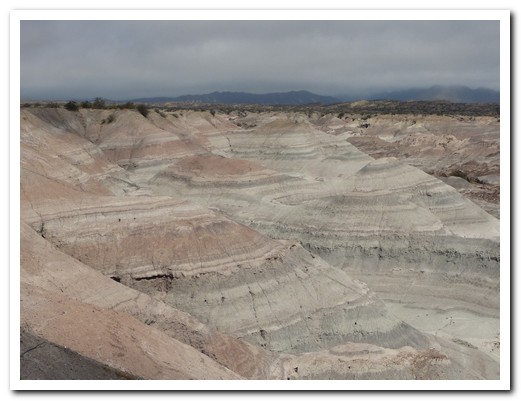
Valle de la Luna - Valley of the Moon
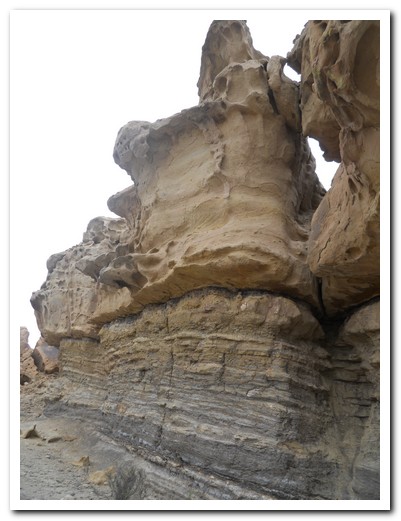
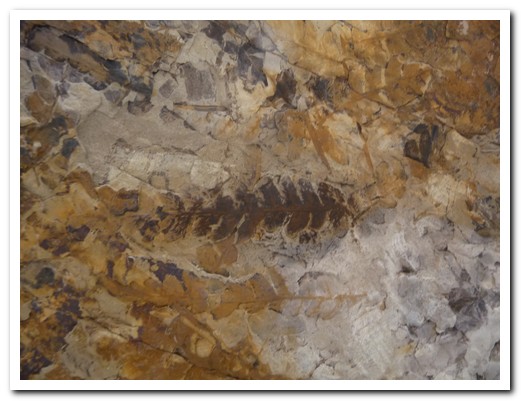
Fossils
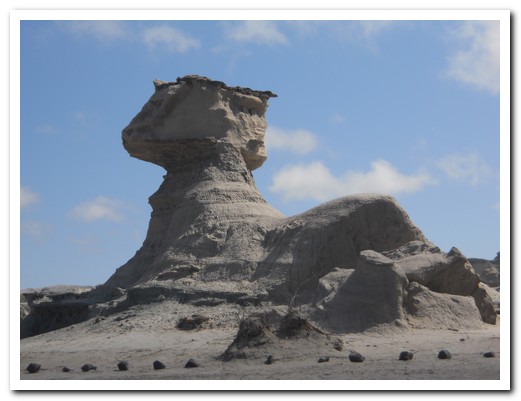
The Sphinx
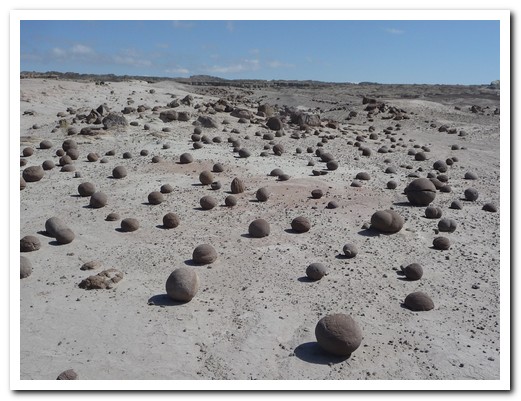
Dinosaurs eggs?
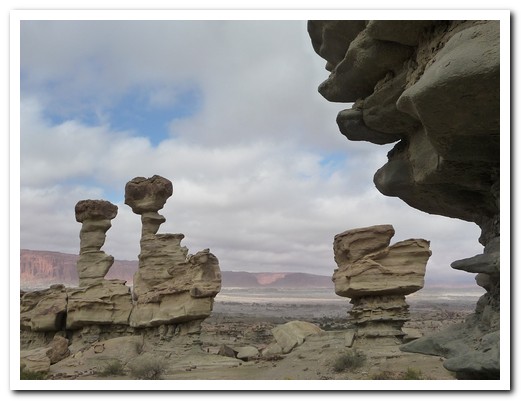
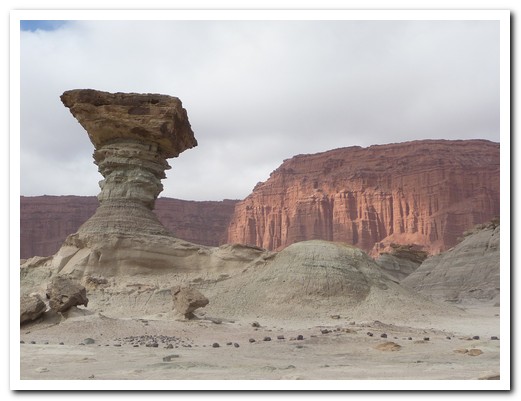
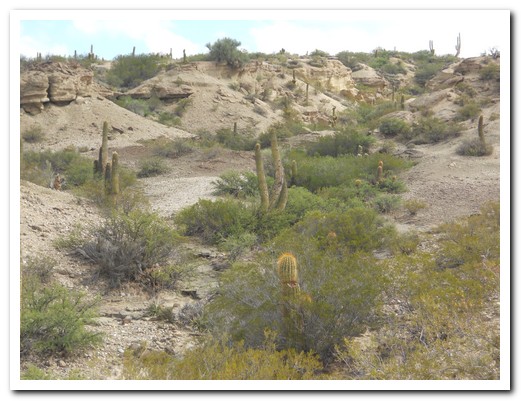
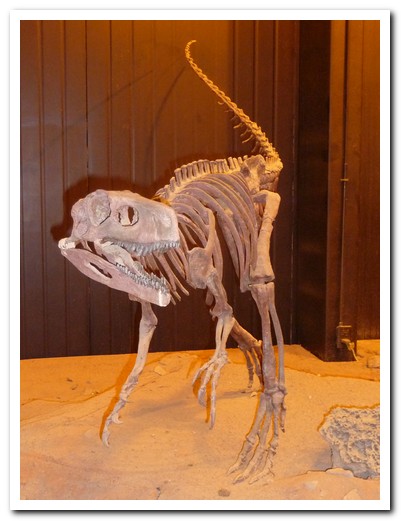
Worlds oldest dinosaur fossil
Córdoba
13th March 2010
Córdoba and the area surrounding it has 5 World Heritage Jesuit sites.
.
The Jesuit estancias outside of Córdoba supported their university, the oldest in the country, with crops, cattle, sheep and wine production. Estancia Coroya was the earliest from 1616. Jesús María from 1618, Santa Catalina from 1622 and Alta Gracia from 1643. The Jesuits were expelled from South America in 1767.
.
Ernesto ¨Che¨ Guevara spent his teenage years in Alta Gracia, 40 kilometres from Córdoba and his family home is now a museum.
.
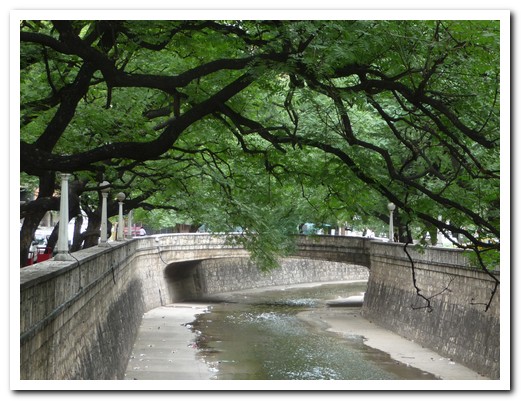
A canal runs through Cordoba
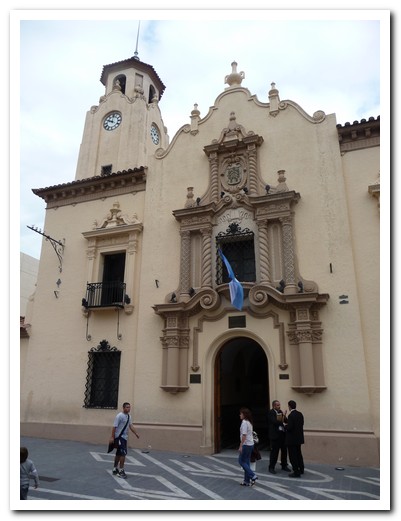
Montserrat University
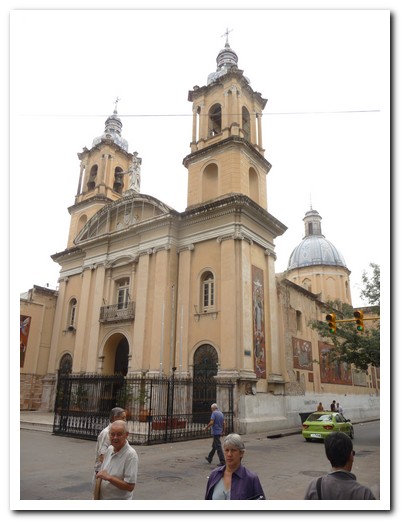
Blue tiles top the dome on this church
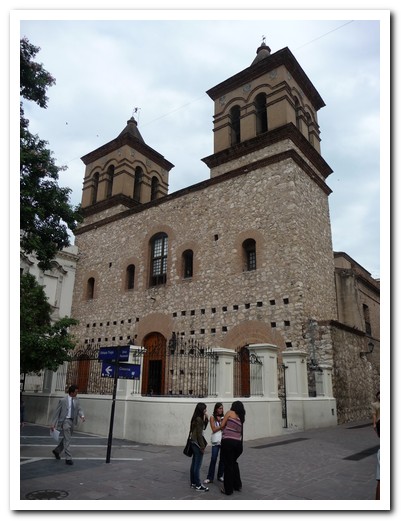
World Heritage Jesuit Block in Cordoba
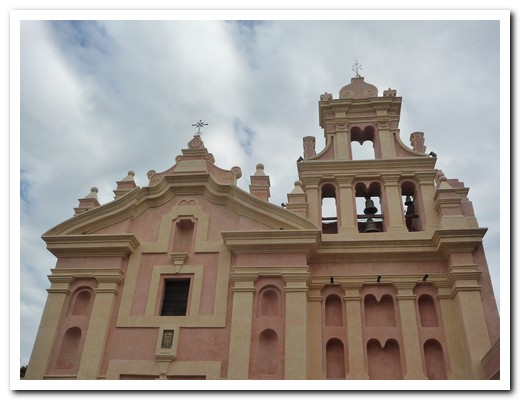
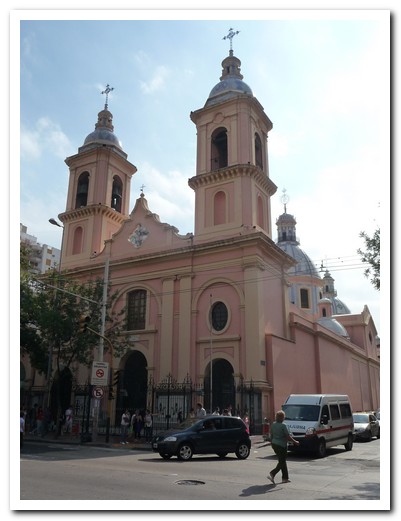
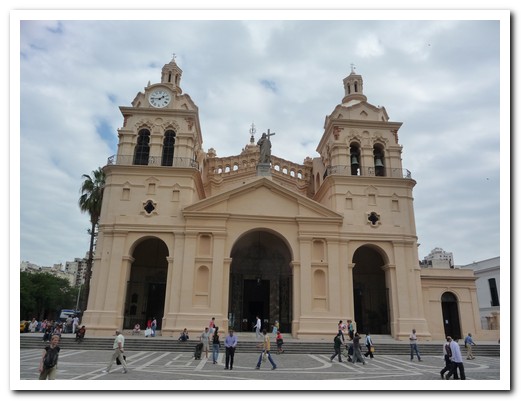
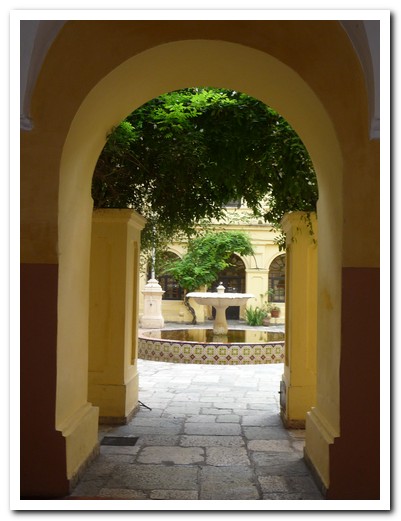
The old buildings had a central courtyard, this one with a tiled fountain
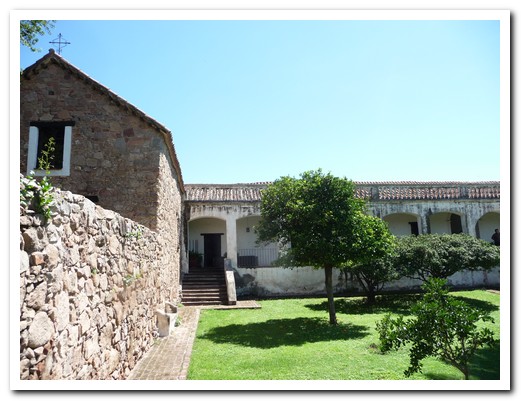
Estancia Caroya, chapel attached on the left
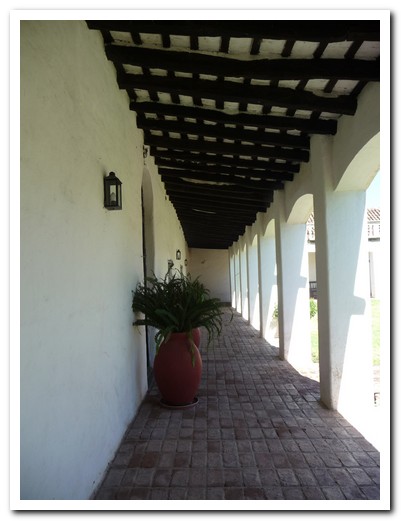
Shaded hallway leading onto the courtyard at Estancia Caroya
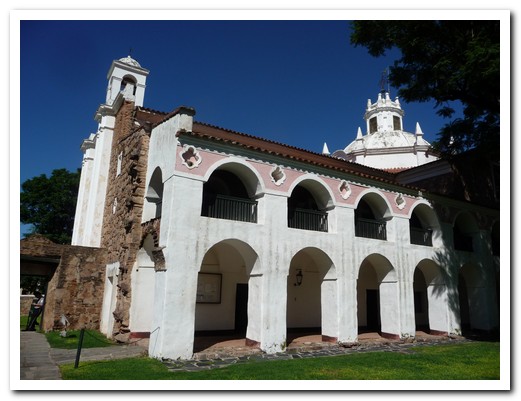
Estancia Jesus Maria
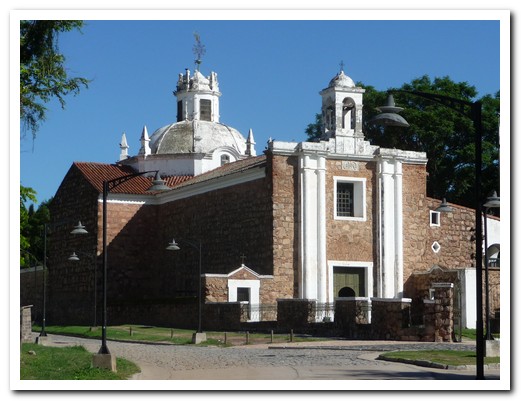
The Church attached to Estancia Jesus Maria
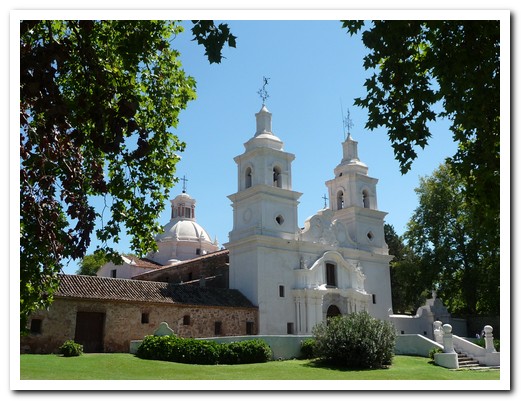
Estancia Santa Catalina
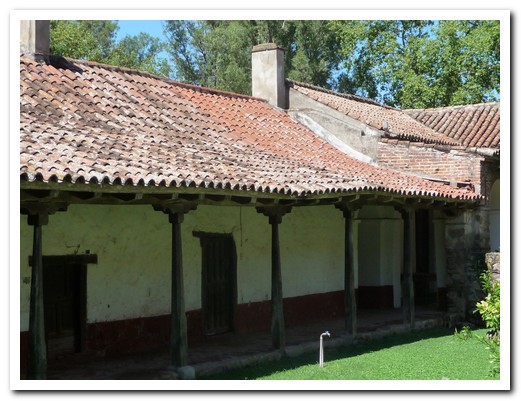
Inside the Estancia Santa Catalina
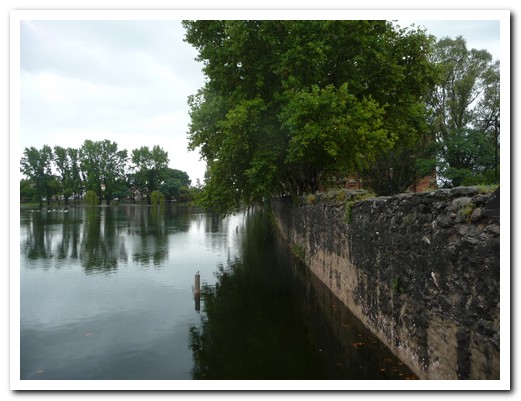
The Jesuits built this dam near Alta Gracia
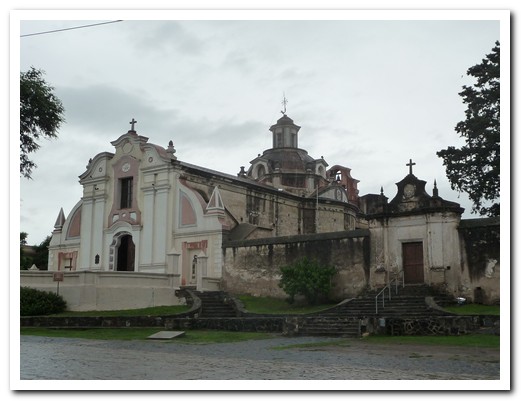
Estancia Alta Gracia
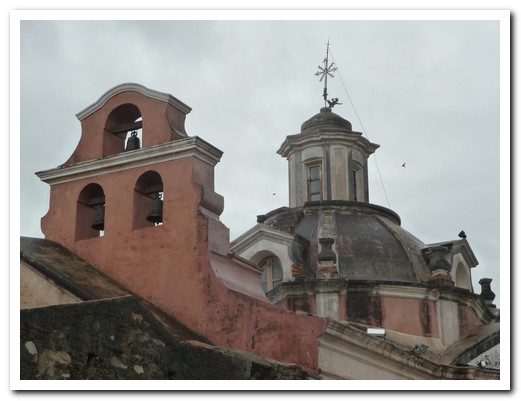
Roof and bells of Alta Gracia
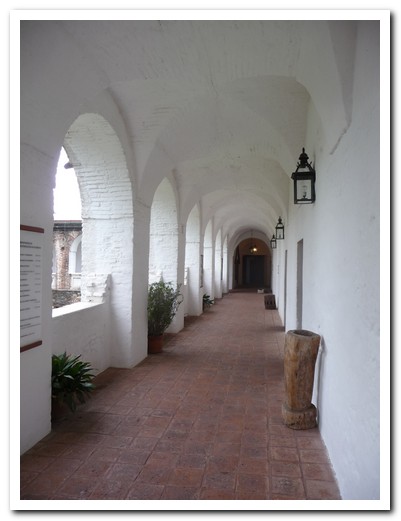
Alta Gracia
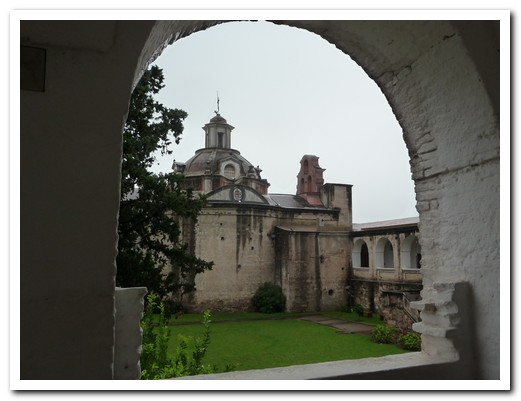
Alta Gracia from the inside
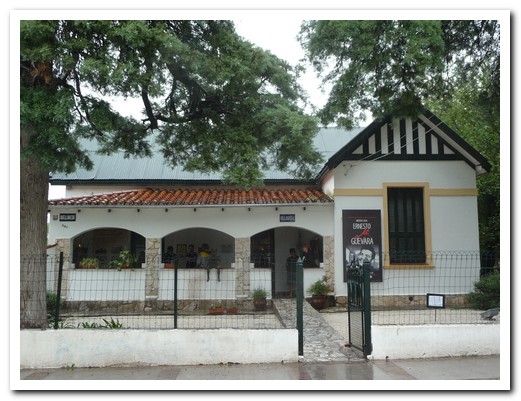
Che Guevara museum, his family home
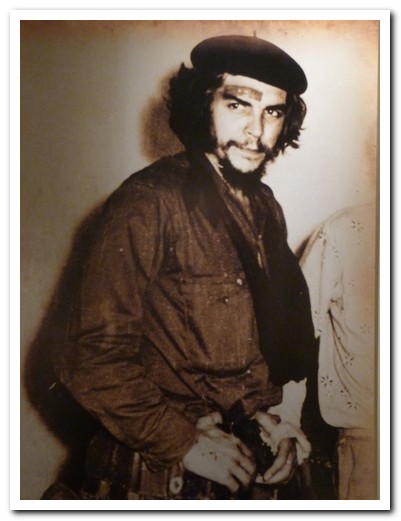
El Che
Viñas de Argentina
09th March 2010
Mendoza, where 70% of Argentine wines is produced, is a good place to sample some. Many of the best wines can be purchased by the glass at a bar in the city.
.
Another fun way is to hire a bicyle and pedal between the vineyards. We had such a wonderful day in Maipu that we hired bikes again in Luján de Cuyo for another full day of cycling and sampling (liqueures, jams, chutneys, olives and olive oil as well as the wines). This is Malbec country and we were able to taste the lot, from last year´s Rosé through to an 8 year old blend with Cabernet Sauvignon and Merlot.
.
Many of the wineries have Italian origins. The annual Festa in Piazza is a celebration by Italian immigrants and food originating in small Italian villages can be sampled. We missed the parade of floats through the city for the Vendimia, but a float full of beauties was staying at our hostel and posed with us for a photo.
.
In San Juan, 200 kilometers north of Mendoza, we spent an afternoon tasting along the wine route. Our favourite was the little family run champañera Miguel Mas where the owner demonstrated the final process of removing the sediment by freezing the neck of the bottle, then adding the syrup. We were able to sample before (Nature) and after (Brut).
.
Another special winery was the adobe Bodega Las Marianas. Here we tasted 2 week old Malbec from the fermentation tank, then later the finished product.
.
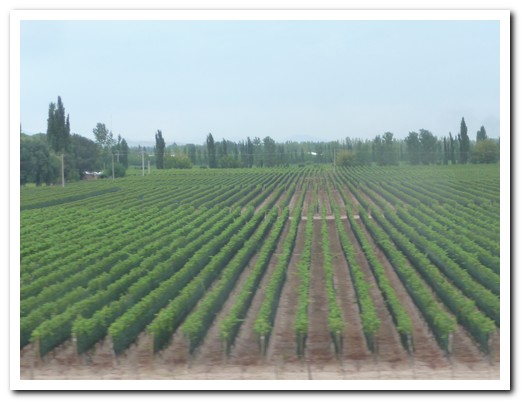
Entering Mendoza on the bus
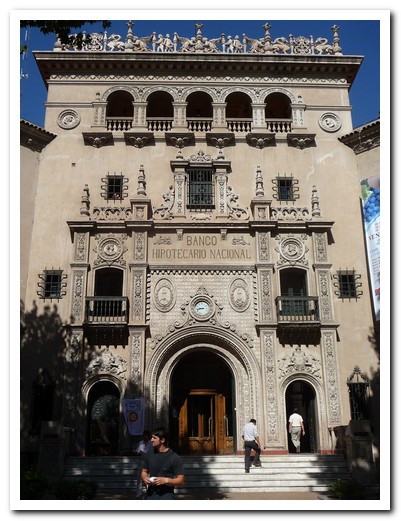
There is not much left of the old Mendoza (due to earthquakes)
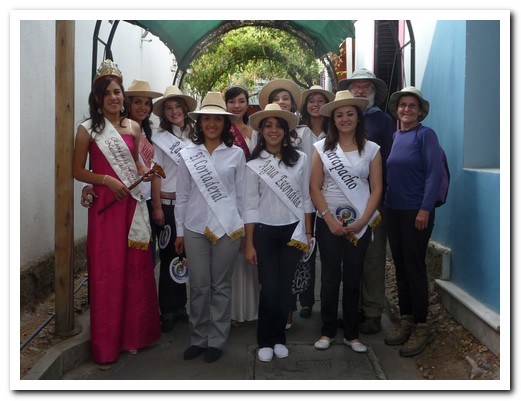
Vendimia queen contestant and supporters
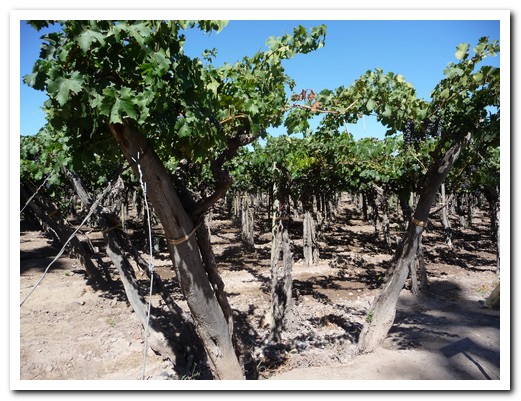
Melbec grapes ready to pick
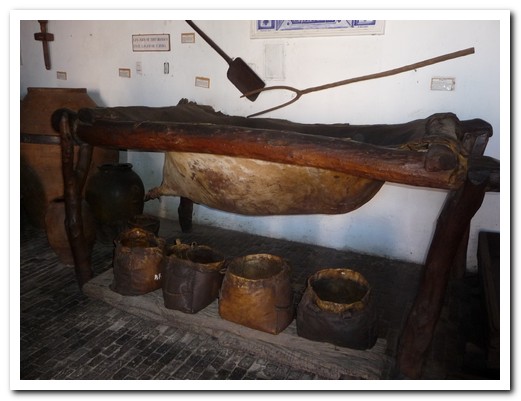
The grapes were crushed by feet in an empty cow, many years ago
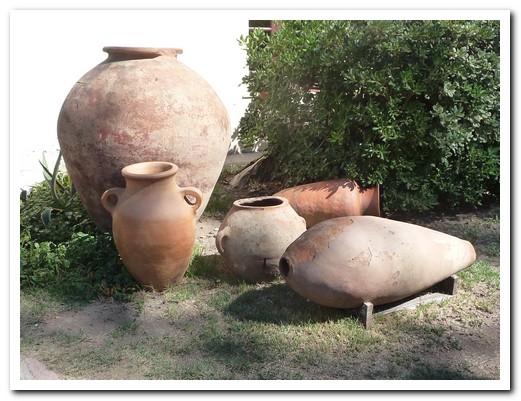
The grape juice was fermented in clay pots buried in the ground
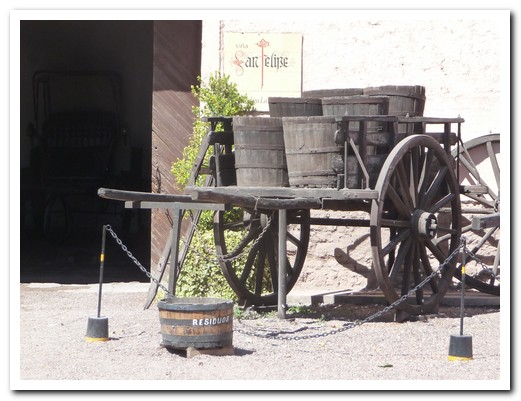
Part of the wine museum at Viña La Rural
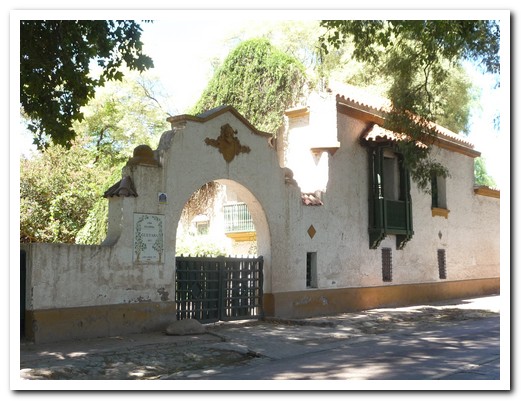
Viña Tomasso
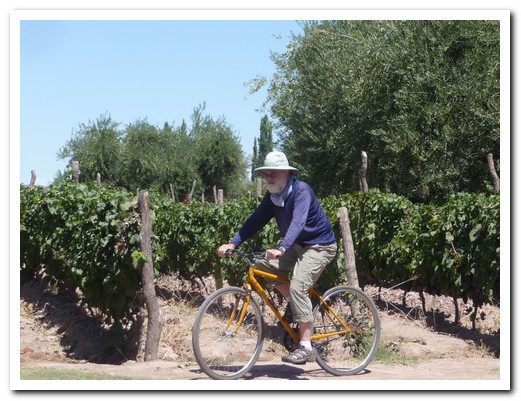
Well it seemed like a good idea at the time
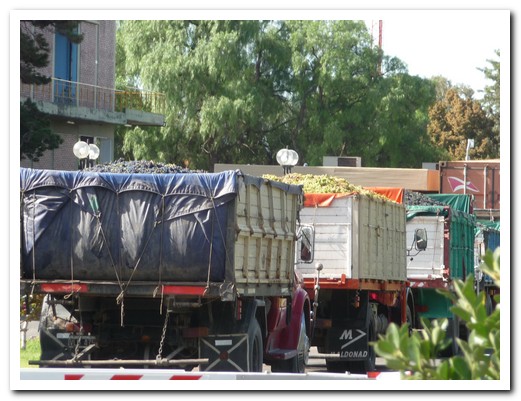
Trucks full of grapes come rolling in to Viña Trapiche
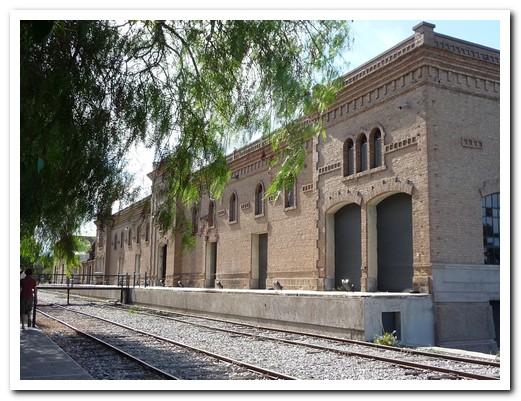
Viña Trapiche dates from the 1920´s
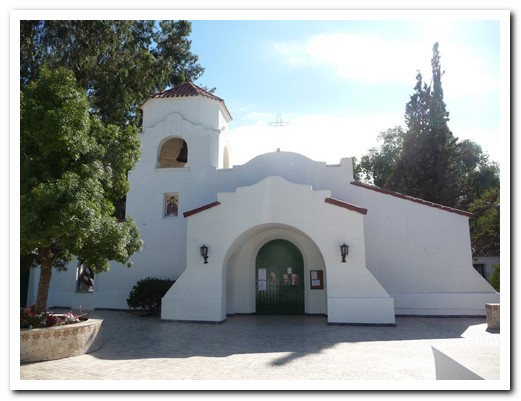
Chapel at Chacras
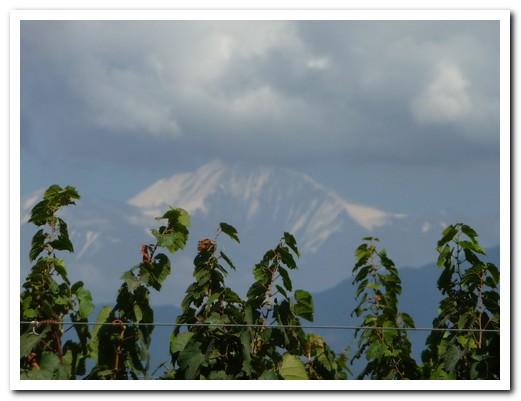
Ancongagua through the grape vines
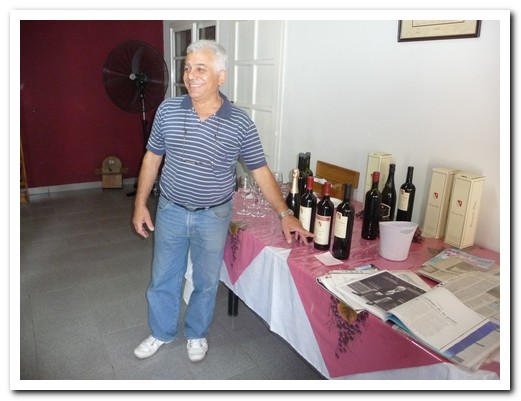
Don Carmelo himself conducted the tasting at Viña Carmelo Patti
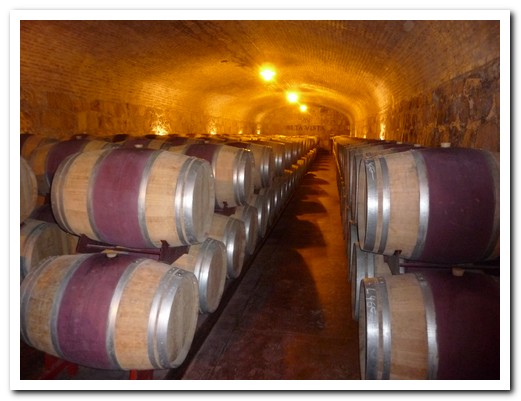
The cellar at Viña Alta Vista (Luján)
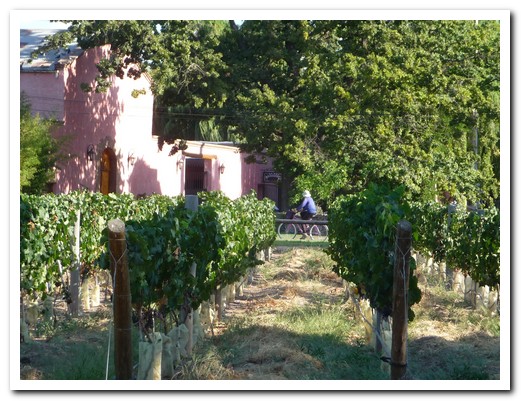
A nice way to get around the vineyards
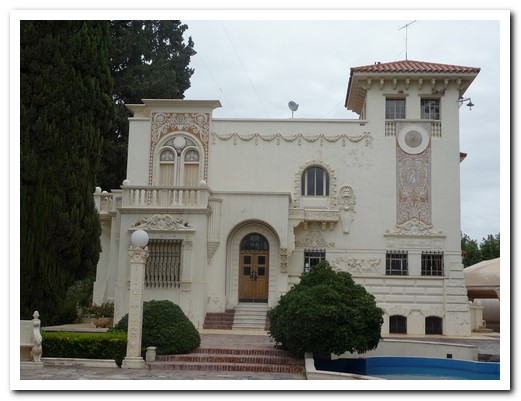
An old San Juan mansion
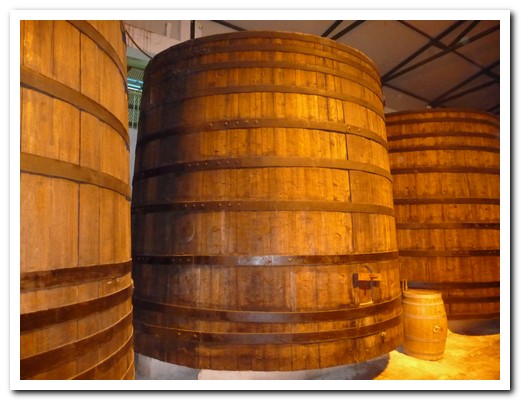
The wine used to be fermented in huge wooden barrels
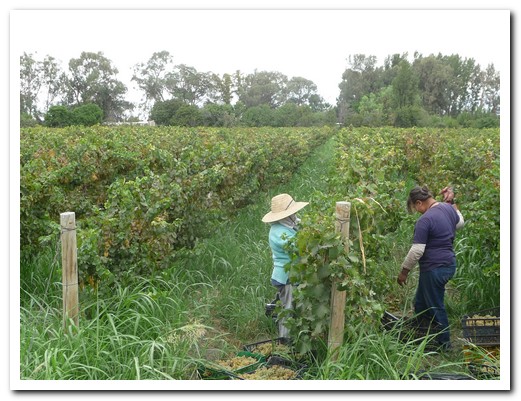
All grapes are picked by hand in Argentina
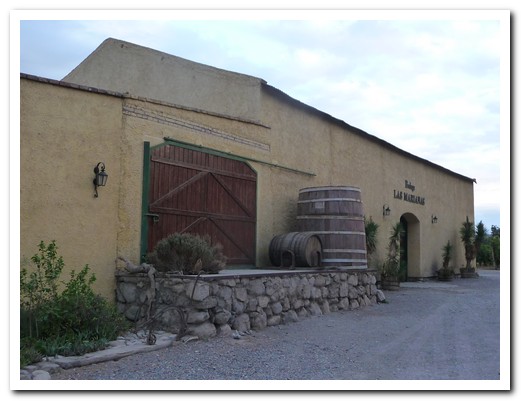
The adobe Bodega Las Marianas